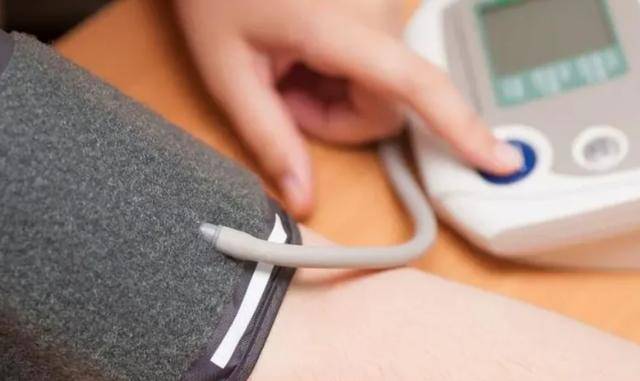Hypertension is a “troublesome” condition that is not easy to shake off once you have it. Hypertension is not only a chronic disease but also, if not monitored closely, can lead to various complications.
With the improvement of living standards nowadays, hypertension is becoming increasingly common among younger individuals. It is no longer a disease exclusive to the elderly; the incidence of hypertension is closely related to our daily lifestyles and eating habits.
What blood pressure is considered high blood pressure?
Stage 1 hypertension: Clinically, blood pressure with a systolic reading between 140-159 mmHg or a diastolic reading between 90-99 mmHg is referred to as stage 1 hypertension;
Stage 2 hypertension: Blood pressure with a systolic reading between 160-179 mmHg or a diastolic reading between 100-109 mmHg is referred to as stage 2 hypertension;
Stage 3 hypertension: Blood pressure with a systolic reading greater than 180 mmHg or a diastolic reading greater than 110 mmHg is referred to as stage 3 hypertension.
The source of hypertension has been identified; let’s not wrongfully blame salt!
Many hypertension patients believe that excessive salt intake leads to increased blood pressure; however, the real culprit behind hypertension is not salt but sodium.
If sodium is consumed in excess, it can lead to abnormally elevated blood pressure, which is detrimental to health. Additionally, commonly consumed foods such as sandwich cookies and fatty foods also contain high levels of sodium.
Consuming these in large quantities might not taste sweet, but can still lead to excessive sodium intake, triggering elevated blood pressure issues detrimental to health. Therefore, it is advisable to avoid such foods, as many still remain unaware.
Eating these 3 types of food will only increase your blood pressure!
1. Alcohol
Drinking alcohol not only harms liver health but also leads to increased blood pressure. There is a positive correlation between alcohol consumption and blood pressure levels; in other words, those who drink more tend to have higher blood pressure levels. Long-term drinkers are at a 40% higher risk of developing hypertension compared to non-drinkers. To prevent hypertension, limiting alcohol intake is crucial.
2. Animal Organs
Animal organs, especially the heart and liver, while rich in nutrients, also contain many fats and cholesterol, making them unsuitable for frequent consumption by hypertension patients, though occasional indulgence is acceptable.
Overconsumption of these foods may increase the viscosity of blood pressure and promote thrombosis formation, raising the likelihood of vascular diseases.
3. Pickled Foods
Many people enjoy “strong-flavored” foods like cured meats, pickled vegetables, and canned goods, which frequently appear on dining tables because they enhance appetite and are loved by many.
However, these pickled foods can be harmful to blood vessels. Despite their good taste, they contain high levels of sodium ions; excessive intake can easily lead to elevated blood pressure and trigger a series of cardiovascular diseases. Therefore, everyone should reduce their intake of pickled foods in their daily diet to avoid sudden blood pressure spikes.
After the start of autumn, hypertension patients should focus on these 4 points in their daily routine to stabilize blood pressure.
1. Increase water intake
Water is an essential element for the human body; do not wait until you are thirsty to drink water. Drink water multiple times throughout the day, but ensure not to overdo it at once to avoid putting pressure on the kidneys.


